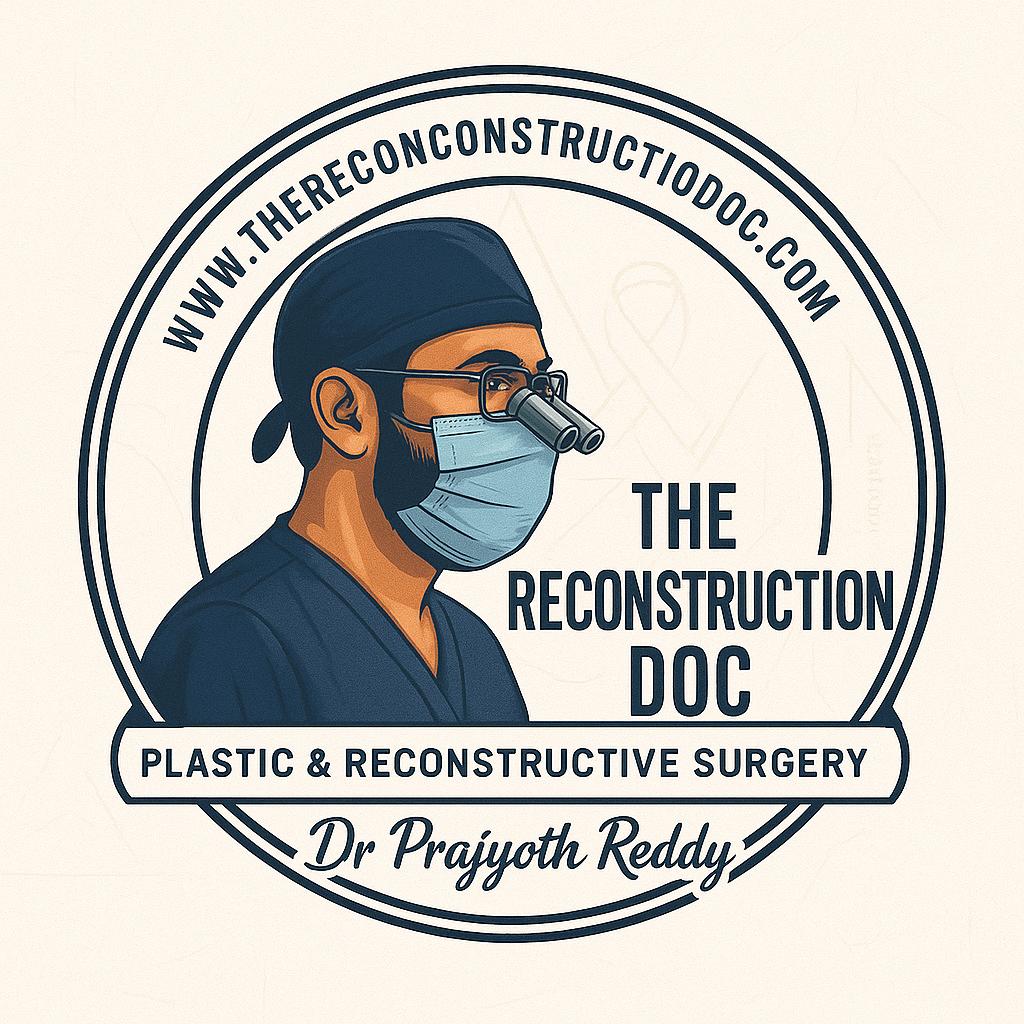Facial Reanimation
- Home
- Facial Reanimation
About Facial Reanimation
Facial reanimation is a set of surgical procedures aimed at restoring movement, symmetry, and expression to the face after facial paralysis. Facial paralysis can be caused by:
- Cancer surgeries (parotid gland tumors)
- Congenital conditions (from birth)
- Bell’s palsy
- Facial nerve injury
- Trauma or stroke
People with facial paralysis often struggle to smile, close their eyes, speak, or eat
properly. They may also experience social and emotional distress due to loss of
expression.
Goals of Facial Reanimation
- Restore natural smile and facial movement
- Improve facial symmetry at rest and during expression
- Protect the eye (by helping with eyelid closure)
- Enhance confidence and quality of life
Surgical Options in Facial Reanimation
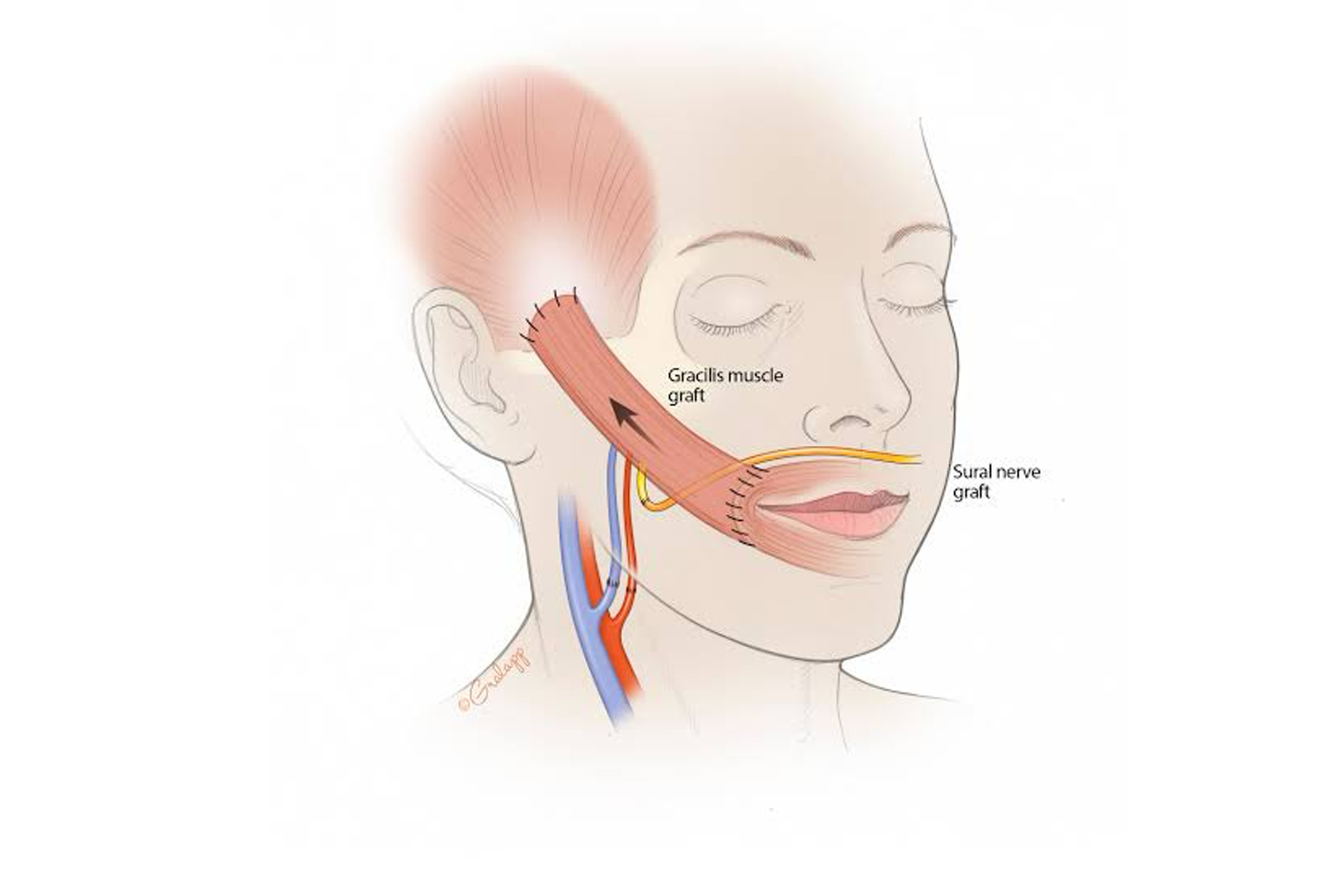
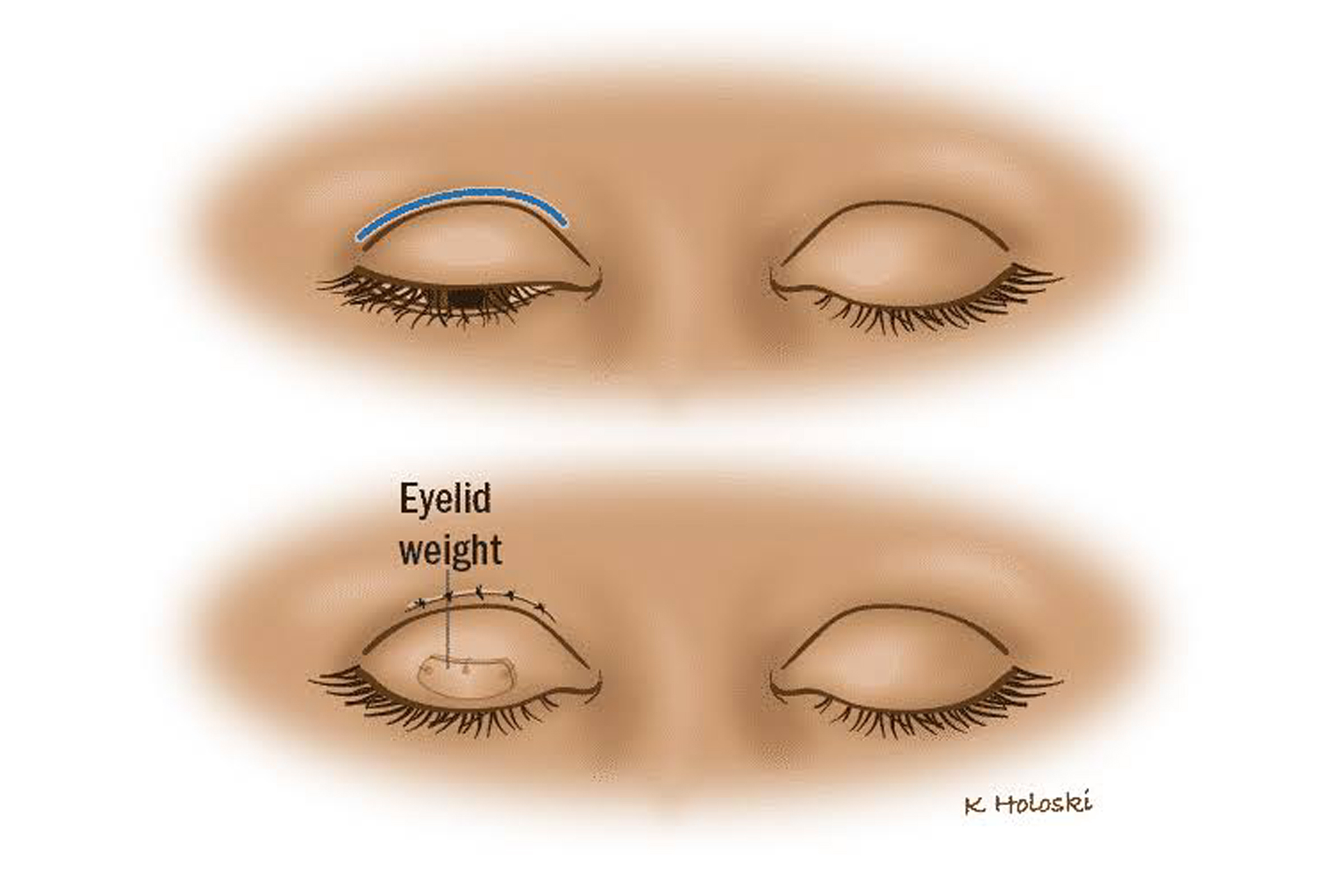
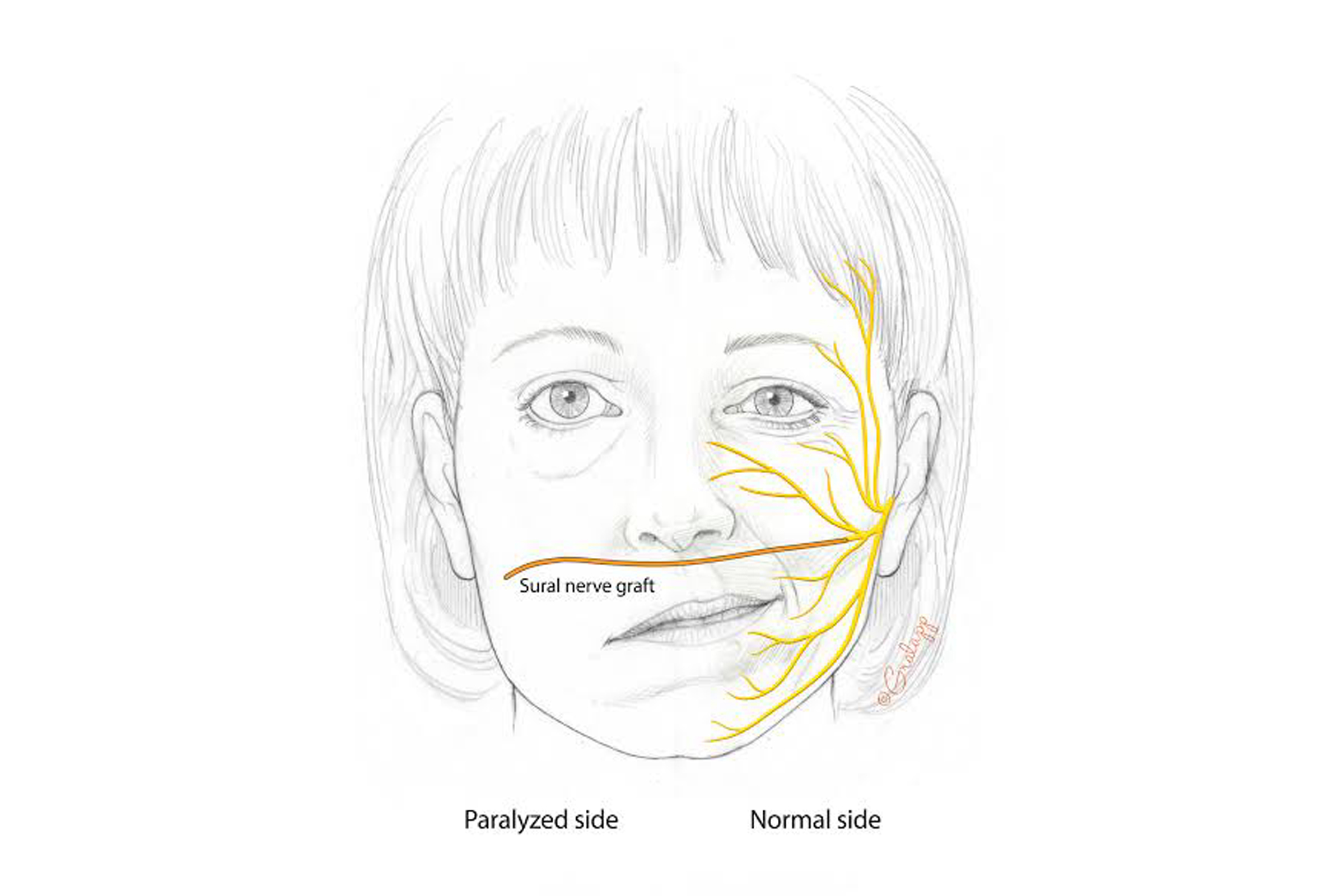
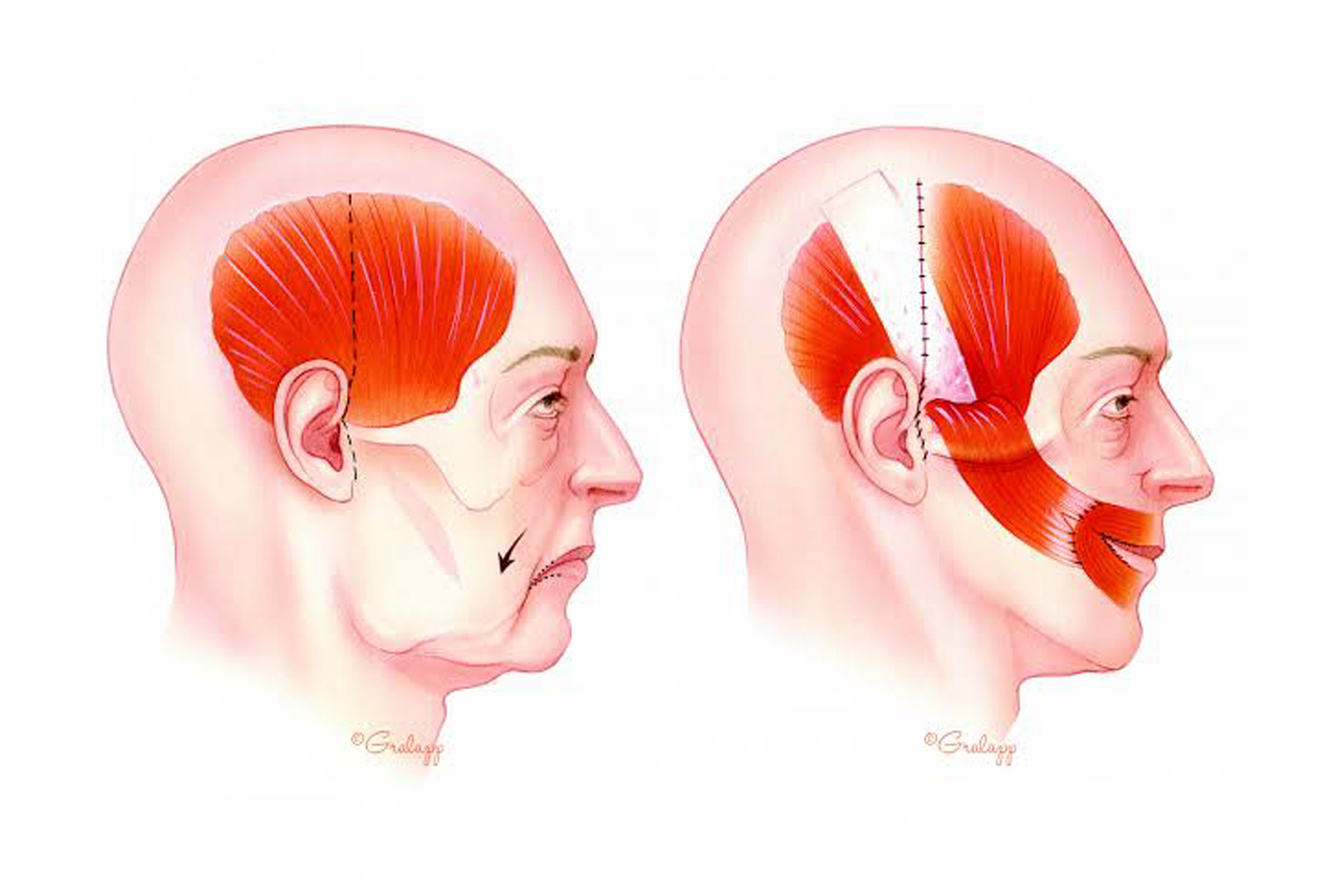
1. Static Procedures (Non-moving support techniques)
These techniques improve symmetry at rest, but don’t restore movement
1.Facial slings:
Use tendons (from the thigh or other parts) to lift the corner of the mouth
1.Facelift techniques:
Tighten and reposition facial tissues
1.Eyelid weights or tarsorrhaphy:
Help with eye closure
2. Dynamic Procedures (Restore real movement)
These are aimed at restoring active, voluntary movement, especially smiling
a.Nerve Transfers
Redirect working nerves to the paralyzed facial muscles:
1.Cross-facial nerve graft (CFNG):
Connects a nerve from the healthy side to the weak side
1.Masseteric nerve transfer:
Uses the chewing nerve (masseter nerve) to power smile muscles
1.Hypoglossal nerve transfer:
Uses tongue movement nerve to stimulate facial muscles
b.Muscle Transfers
When native muscles are non-functional, new muscle is transplanted:
1.Gracilis free muscle transfer:
A thin muscle from the inner thigh is transplanted to the face, and connected to blood vessels and nerves to restore smile movement.
2.Can be one-stage
(masseter nerve-based) or two-stage (cross-facial nerve graft + muscle)
c.Temporalis Muscle Transfer
A nearby chewing muscle is repositioned to lift the mouth when the patient bites or clenches.
Timing of Surgery
1.Early intervention
(within 6–12 months of paralysis) is ideal for nerve-based procedures
2.Delayed cases
(after long-standing paralysis) often require muscle transfers
Hospital Stay
- Most facial reanimation surgeries require a 2–5 day hospital stay
- Patients are monitored for swelling, flap/nerve function, and wound healing
When Will Movement Start?
This depends on the procedure:
1. Nerve Transfers (e.g., masseteric, hypoglossal, cross-facial)
- New nerve supply takes 3 to 6 months to reach and activate facial muscles
- Visible movement may begin around 4–6 months
- Best results usually seen by 9–12 months
2. Gracilis Free Muscle Transfer
- If connected to the masseteric nerve, patients may start smiling with effort
(like clenching teeth) within 3–4 months - If using a cross-facial nerve graft, results may take 6–12 months to appear
- Full spontaneous smile may develop over 12–18 months
3. Temporalis Transfer / Static Slings
- Immediate change in facial position/symmetry
- No active movement, but improved appearance seen as early as 1–2 weeks
- Functional use of temporalis transfer (by biting to smile) begins after 4–6
weeks of physiotherapy
Physiotherapy Is Key
- Regular facial exercises and physiotherapy are essential
- Helps retrain new nerve pathways and improve coordination
- Most patients need 3–6 months of guided therapy for optimal results
Get In Touch
Schedule a consultation, ask questions, or explore our expert reconstructive surgery services and compassionate care.
